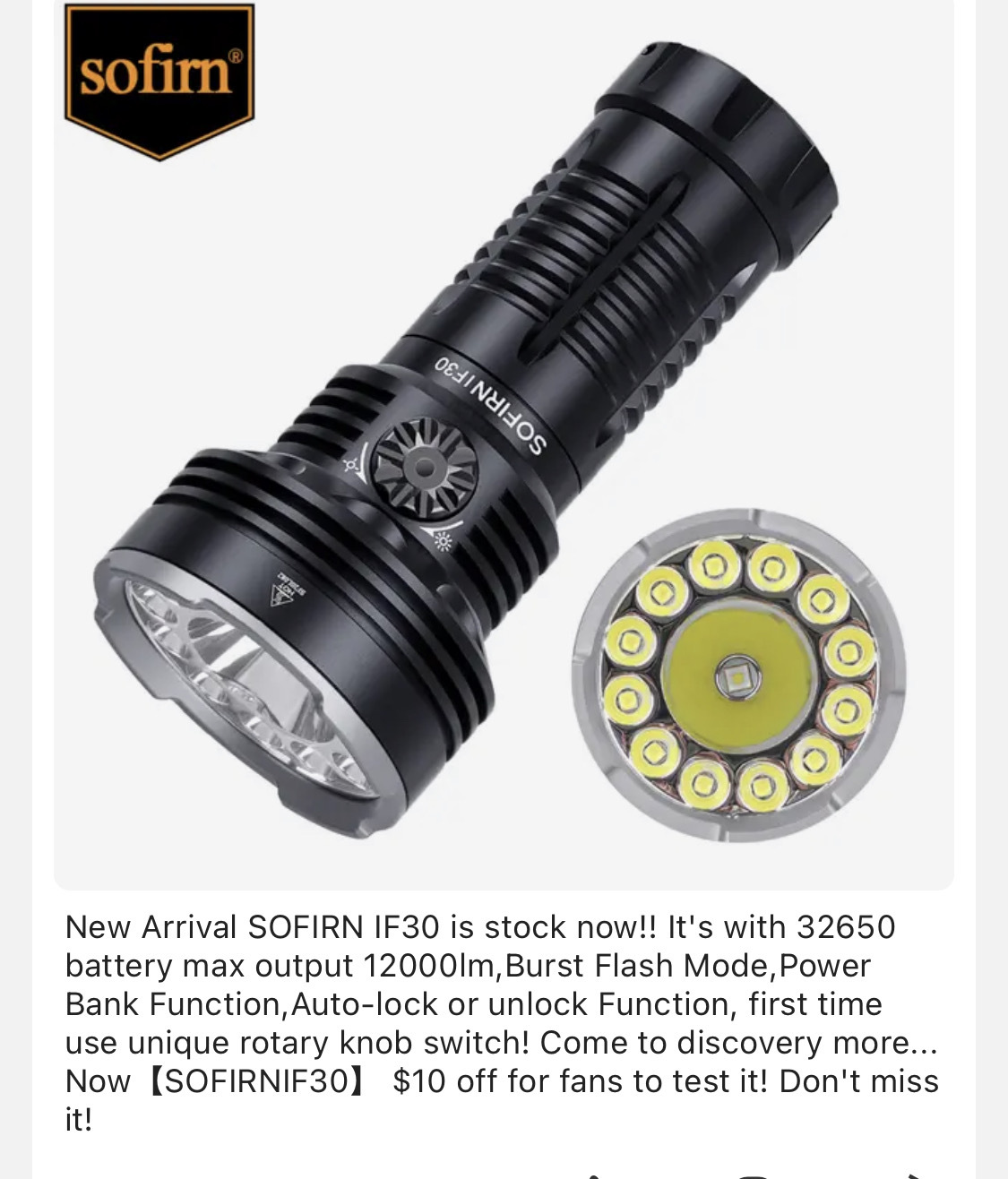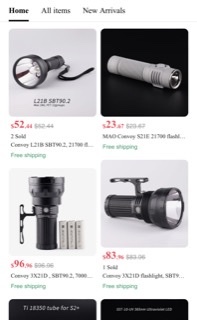https://programming.dev/post/3666732
Change log for upcoming Lemmy version 0.19.0 I am just reposting this from the original post: https://lemmy.ml/post/5711722.
It’s interesting to see this for the software we’re all using and it makes me want to learn a bit more about the architecture. Quite a few user-facing features and some backend improvements. For example:
Outgoing Federation Queue The federation queue has been rewritten to be much more performant and reliable. This is irrelevant for client developers, but admins should look out for potential federation problems. If you run multiple Lemmy backends for horizontal scaling, be sure to read the updated documentation and set the new configuration parameters. The Troubleshooting section has information about how to find out the state of the federation queues.





A posthumous sequel to 1984? Sounds a bit dystopian to me!
Then again I enjoyed Grendel, a retelling of Beowulf from a different point-of-view, so perhaps Julia could be enjoyed in the same way.